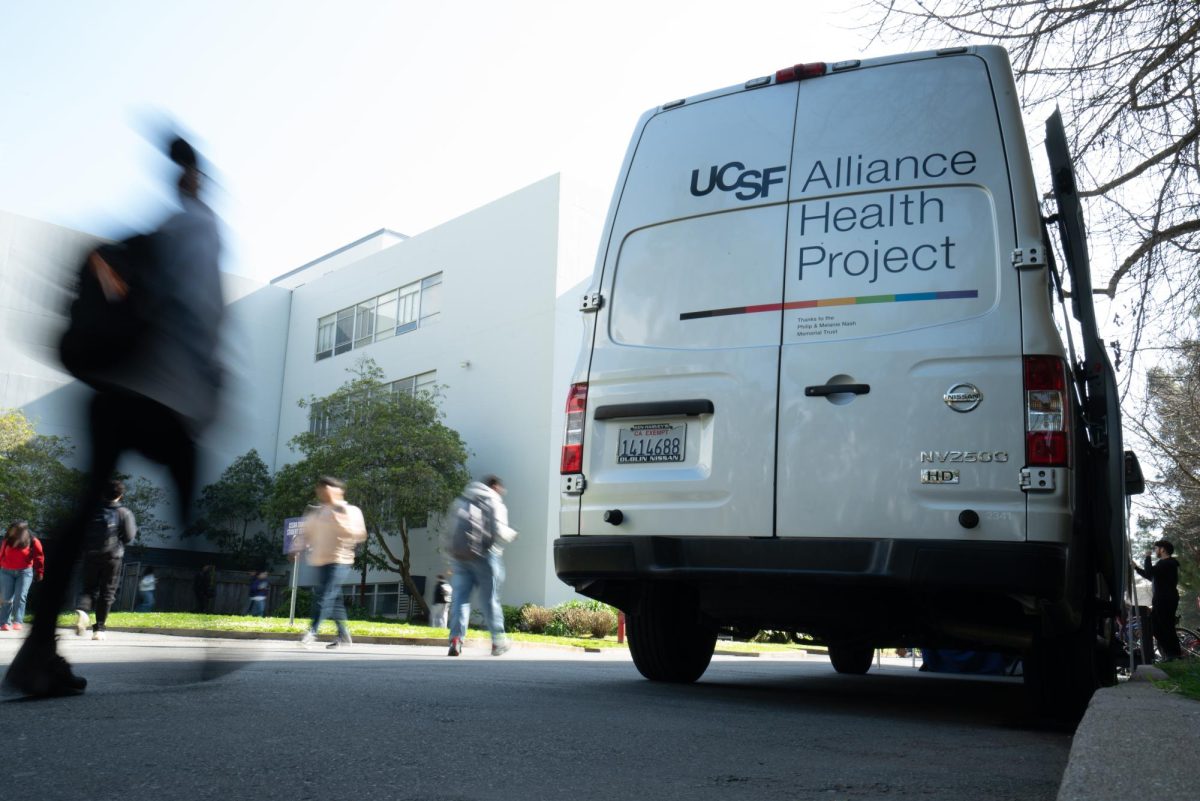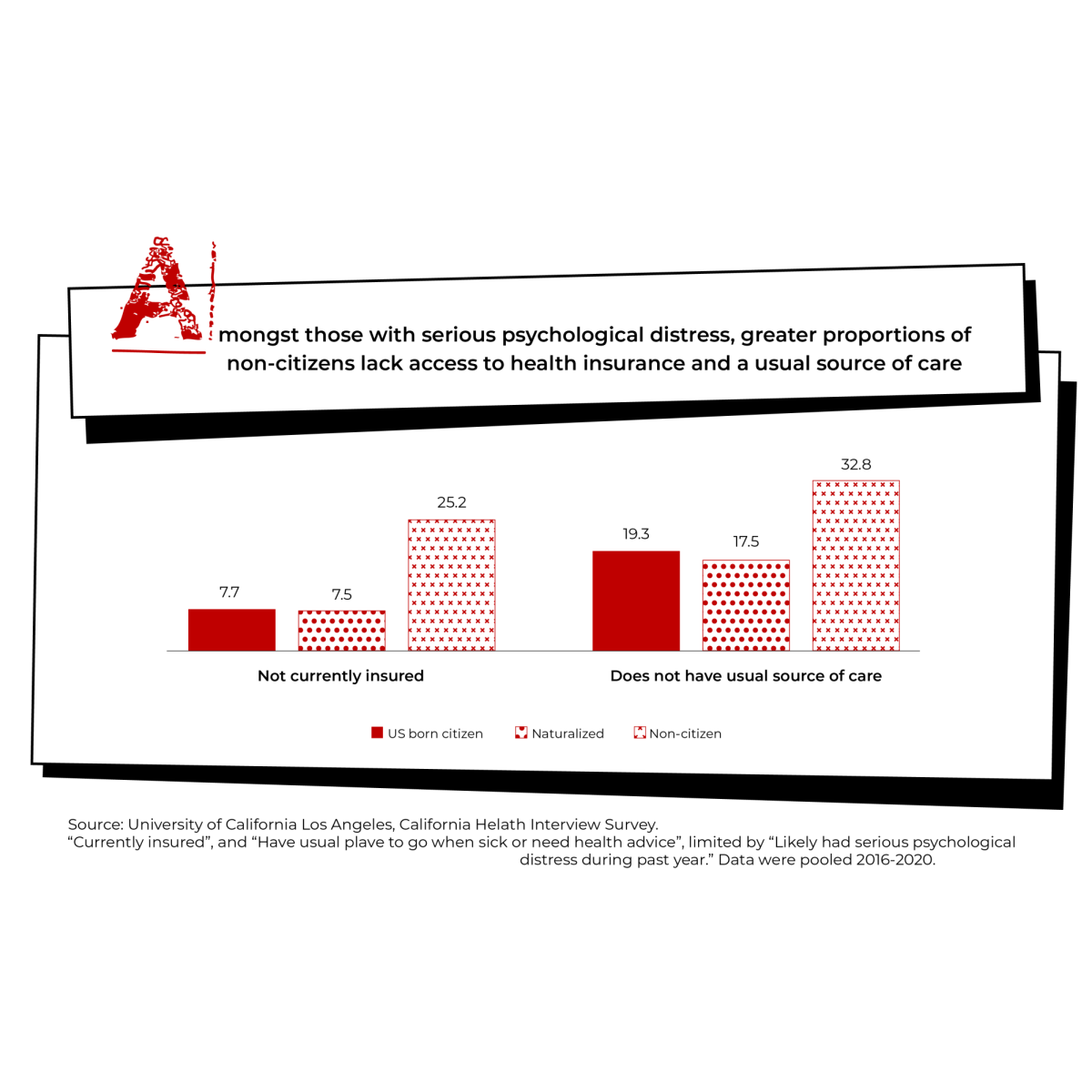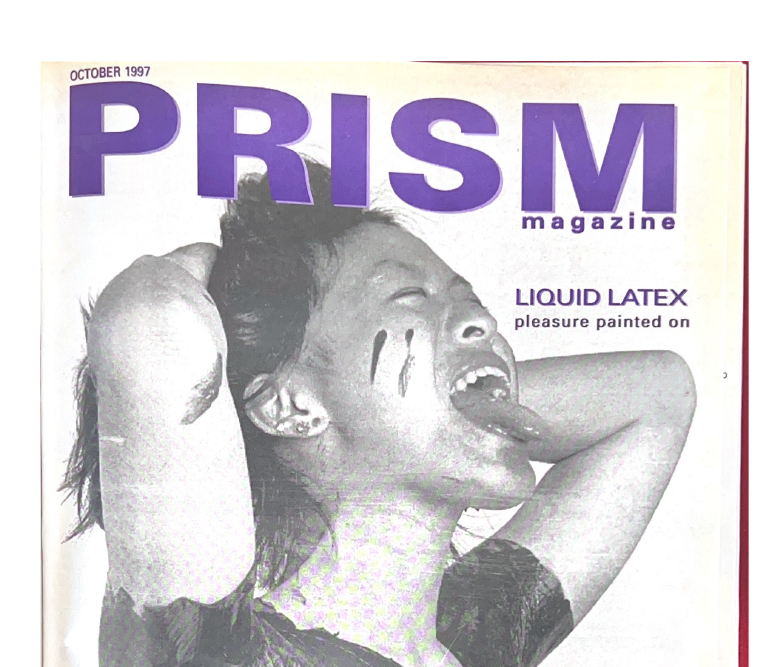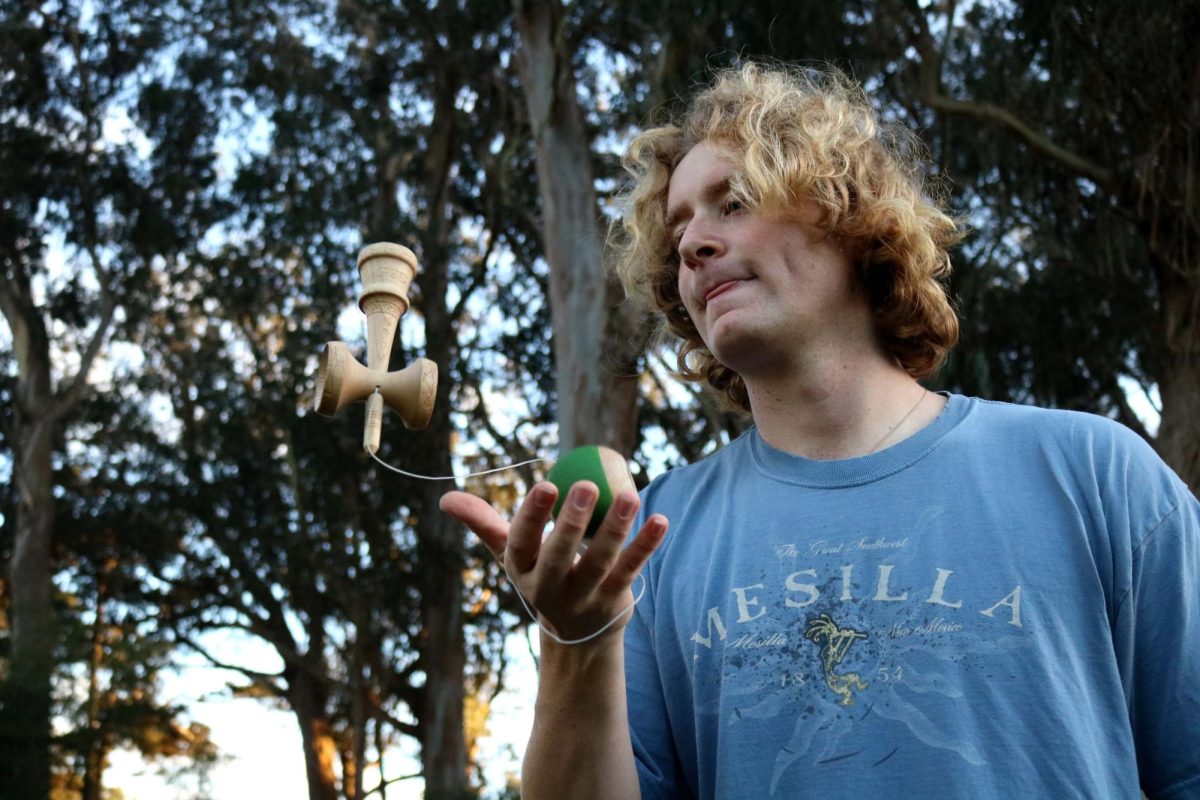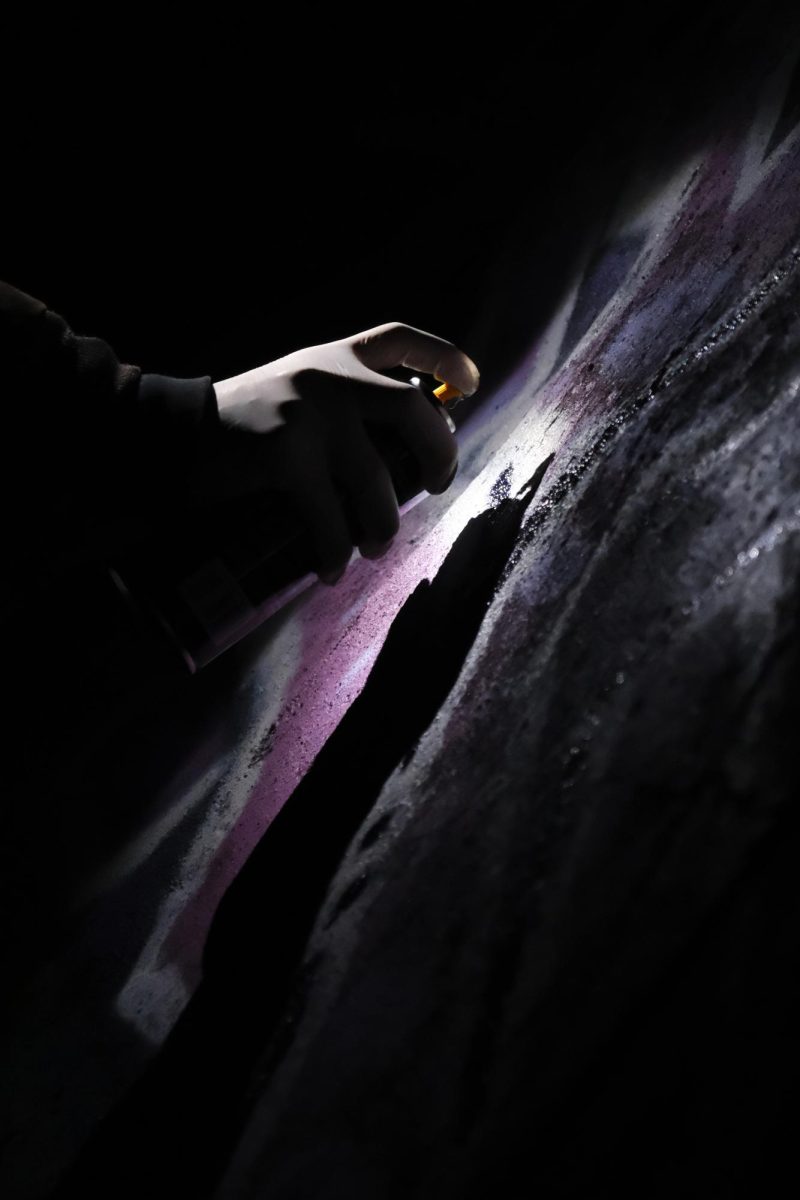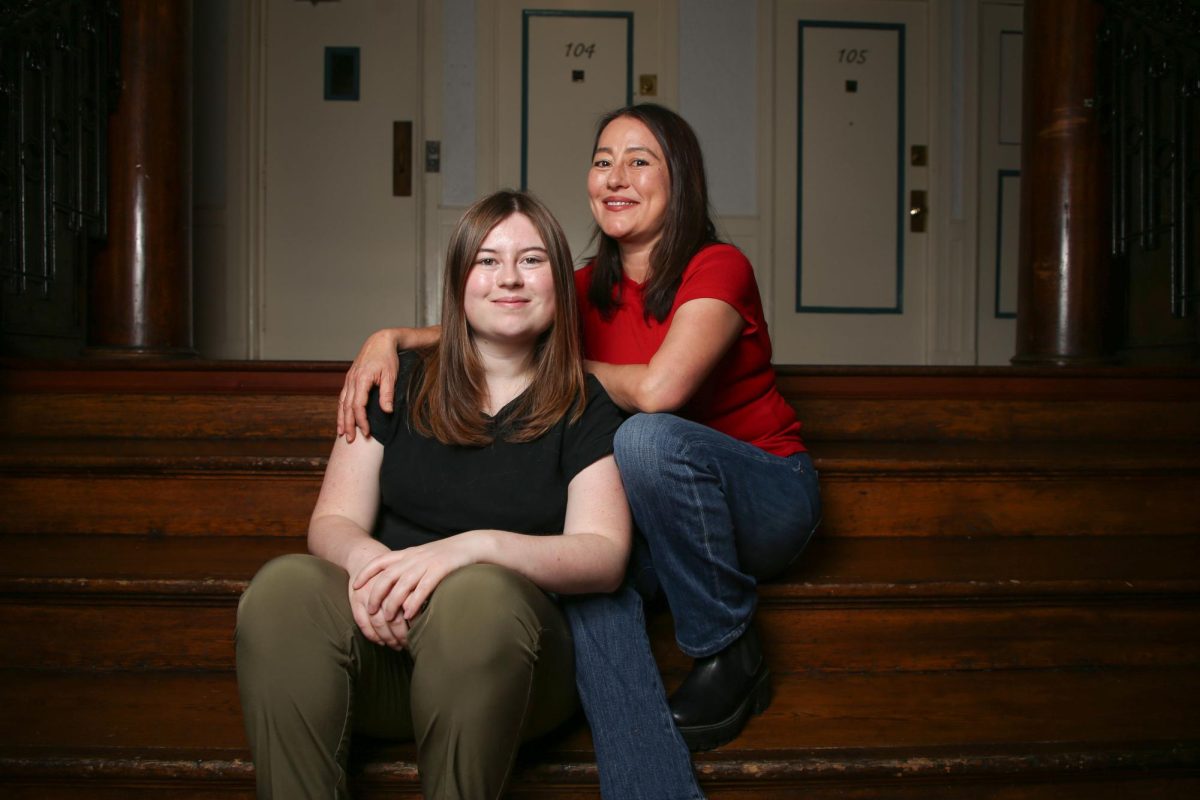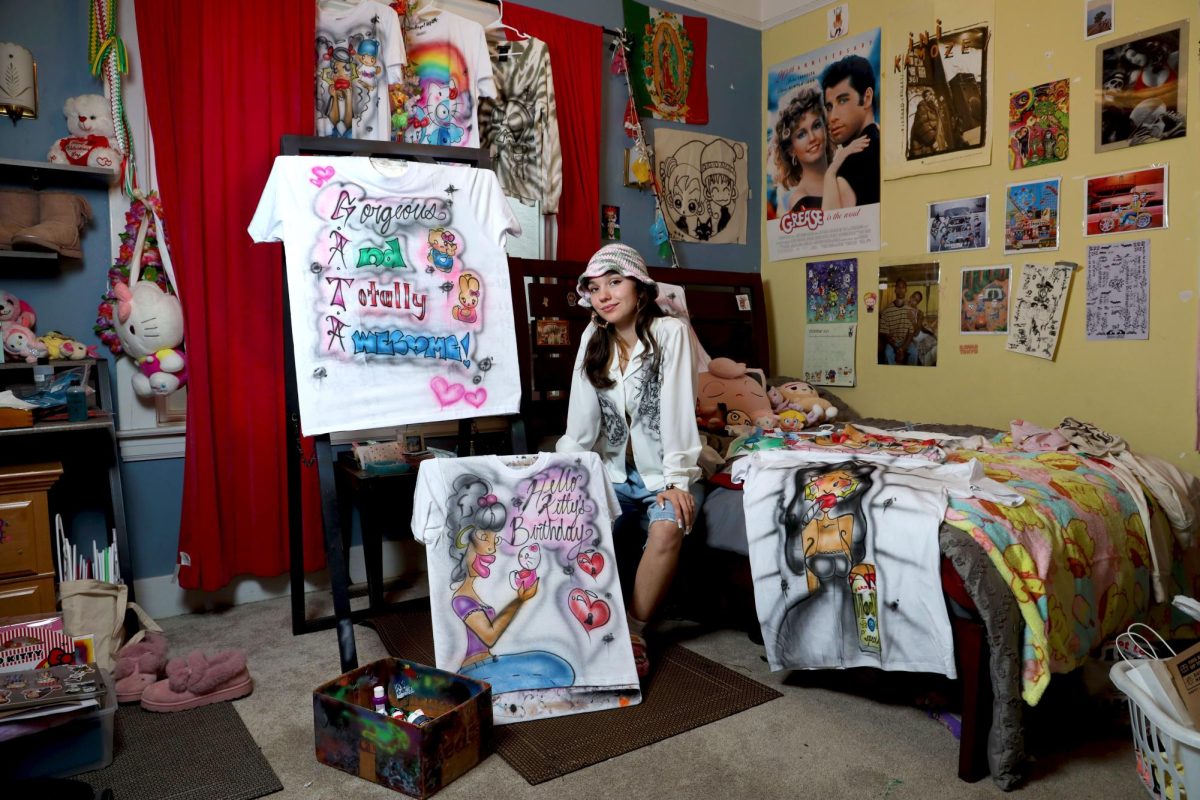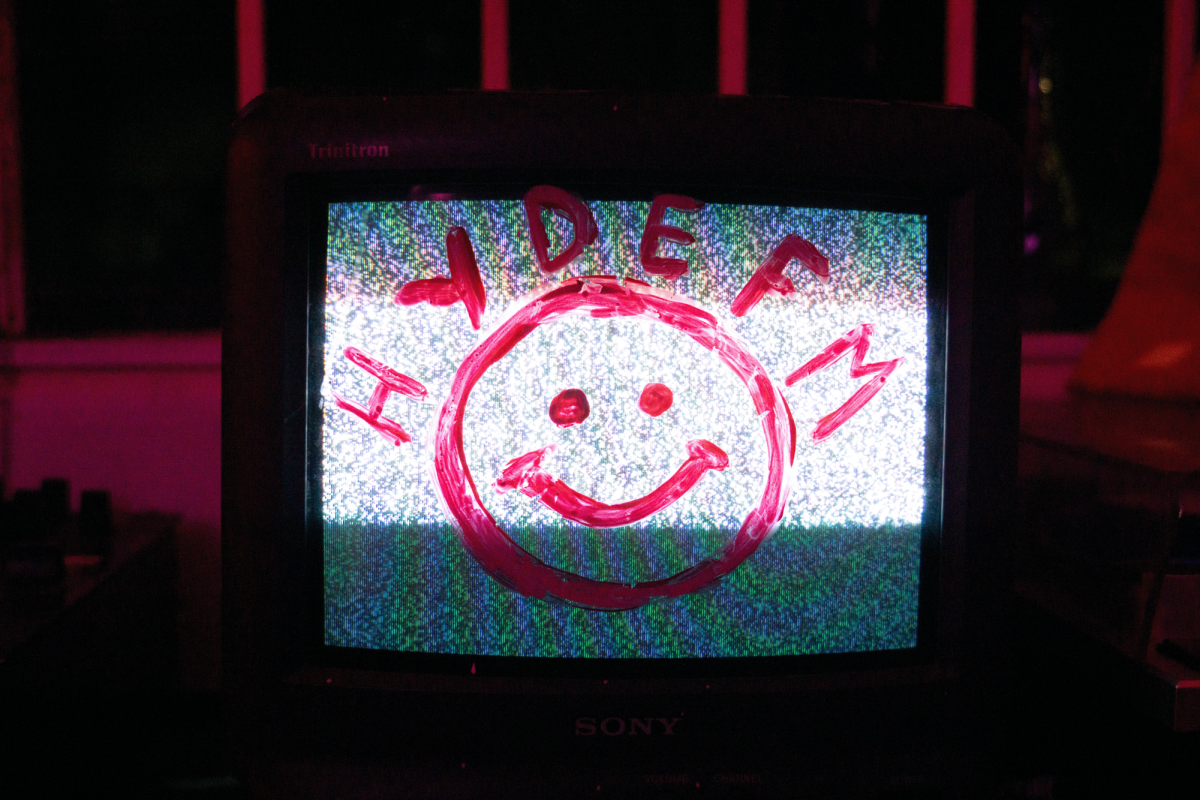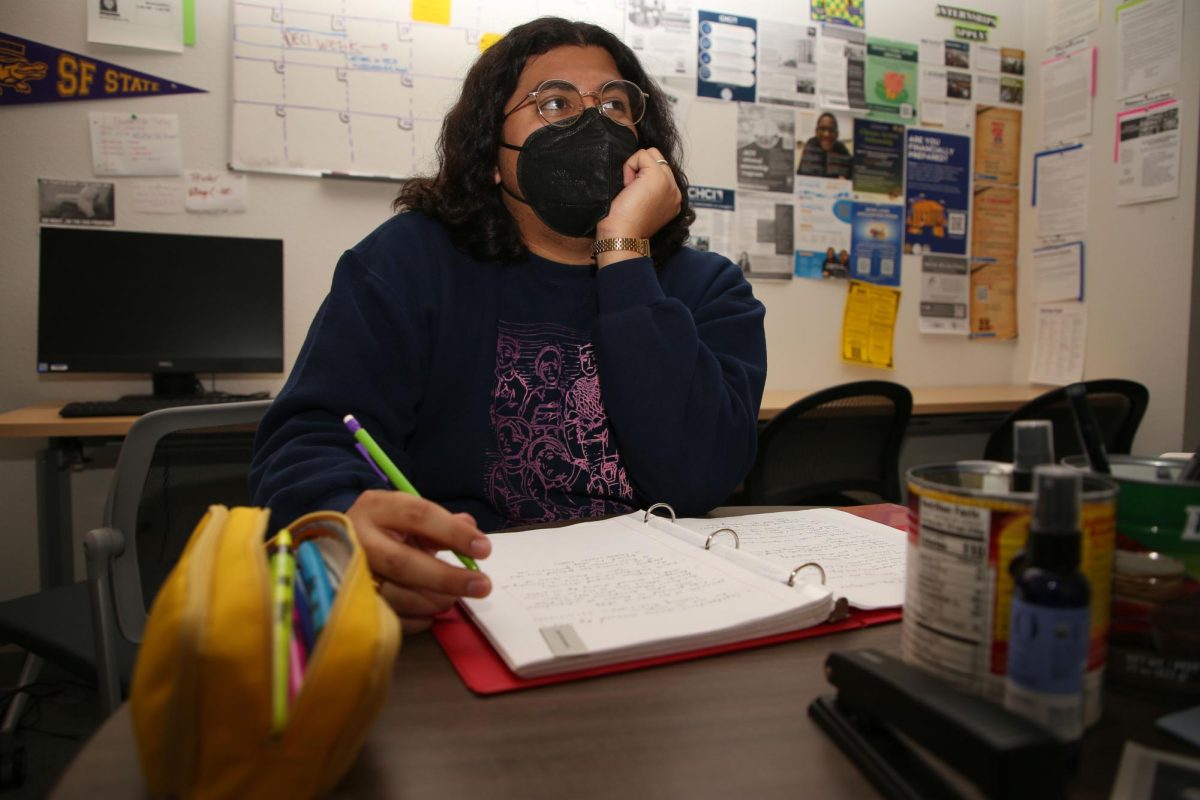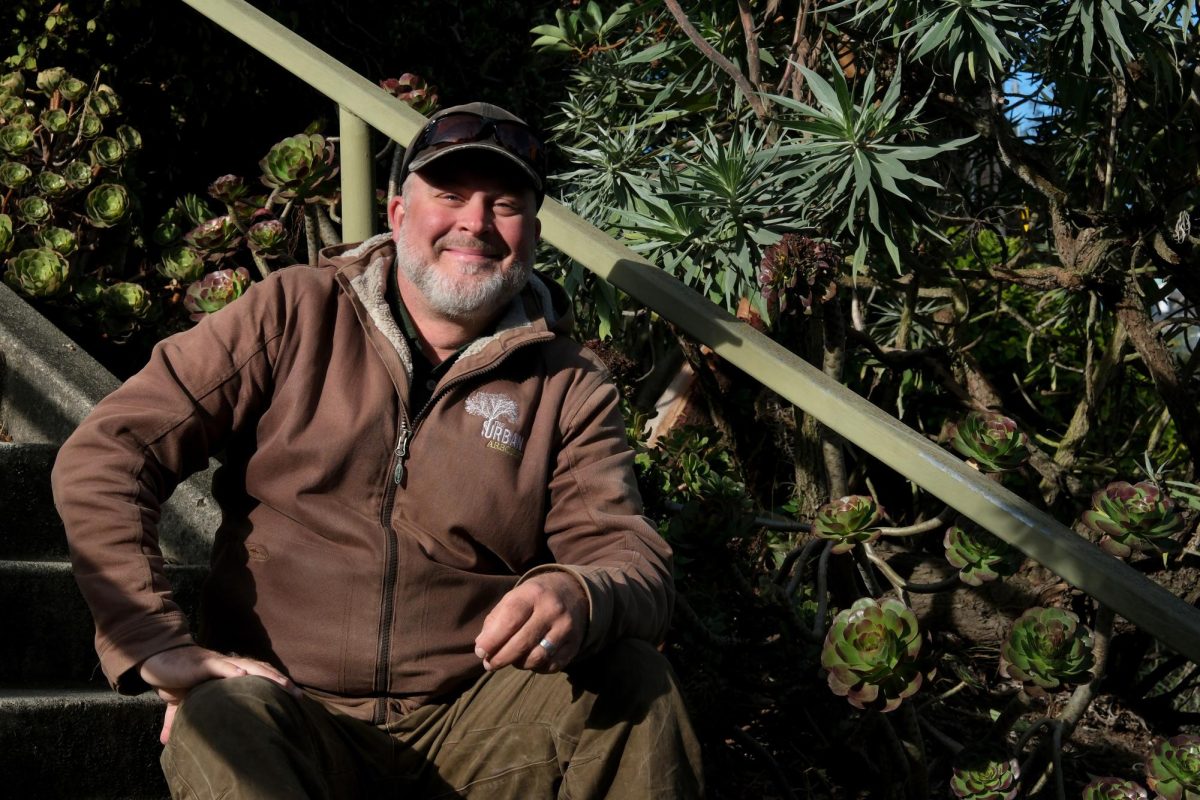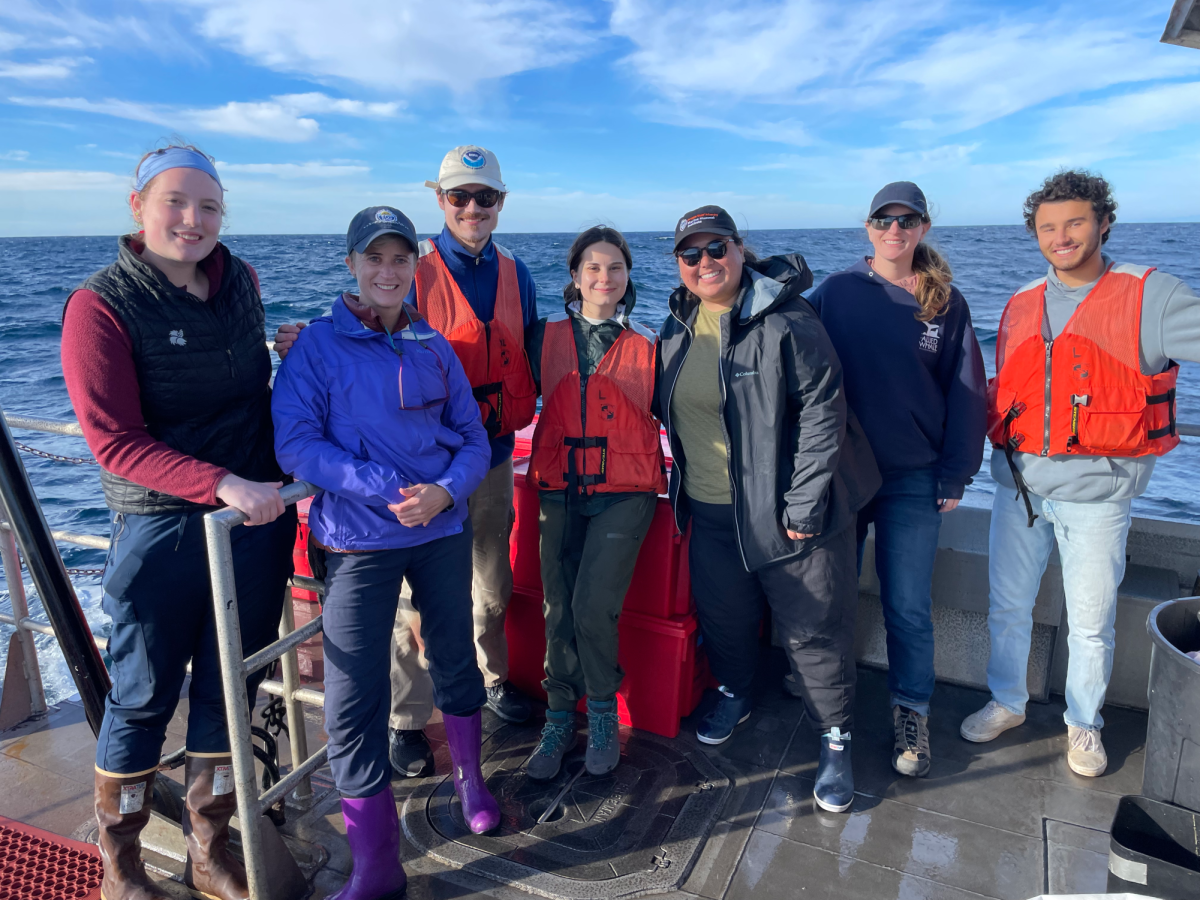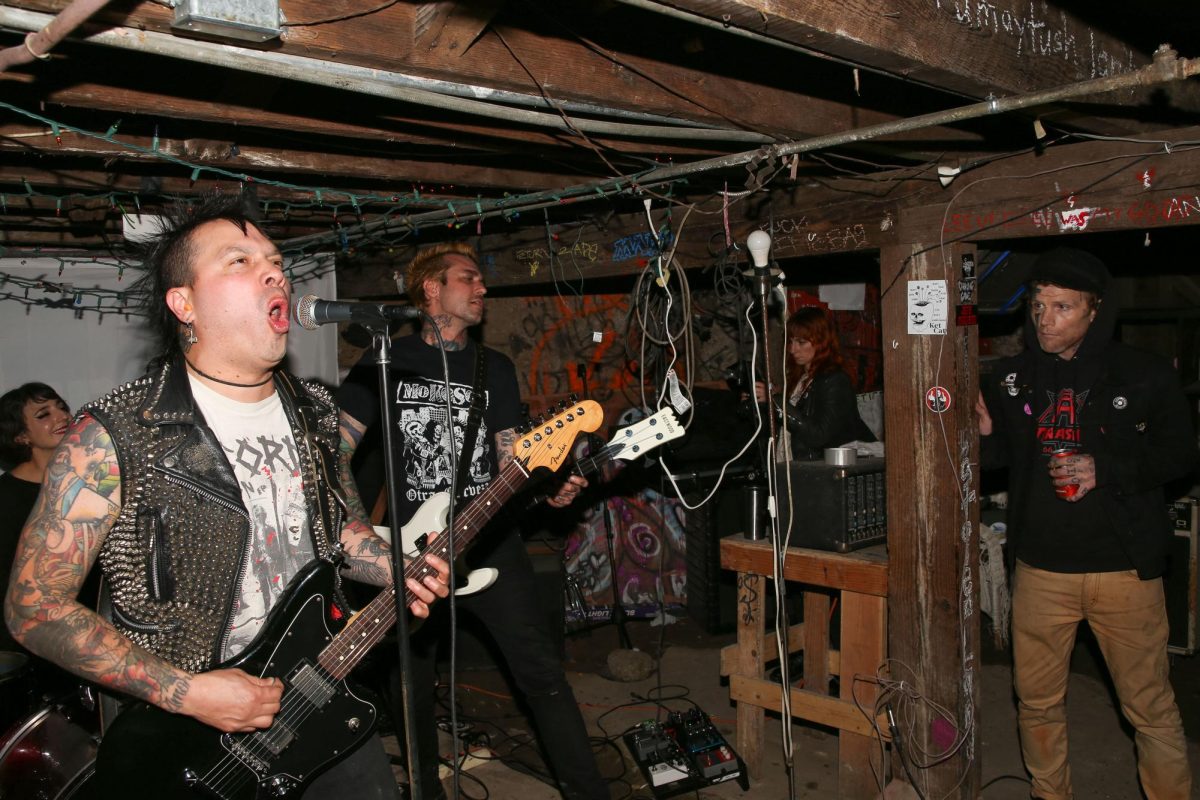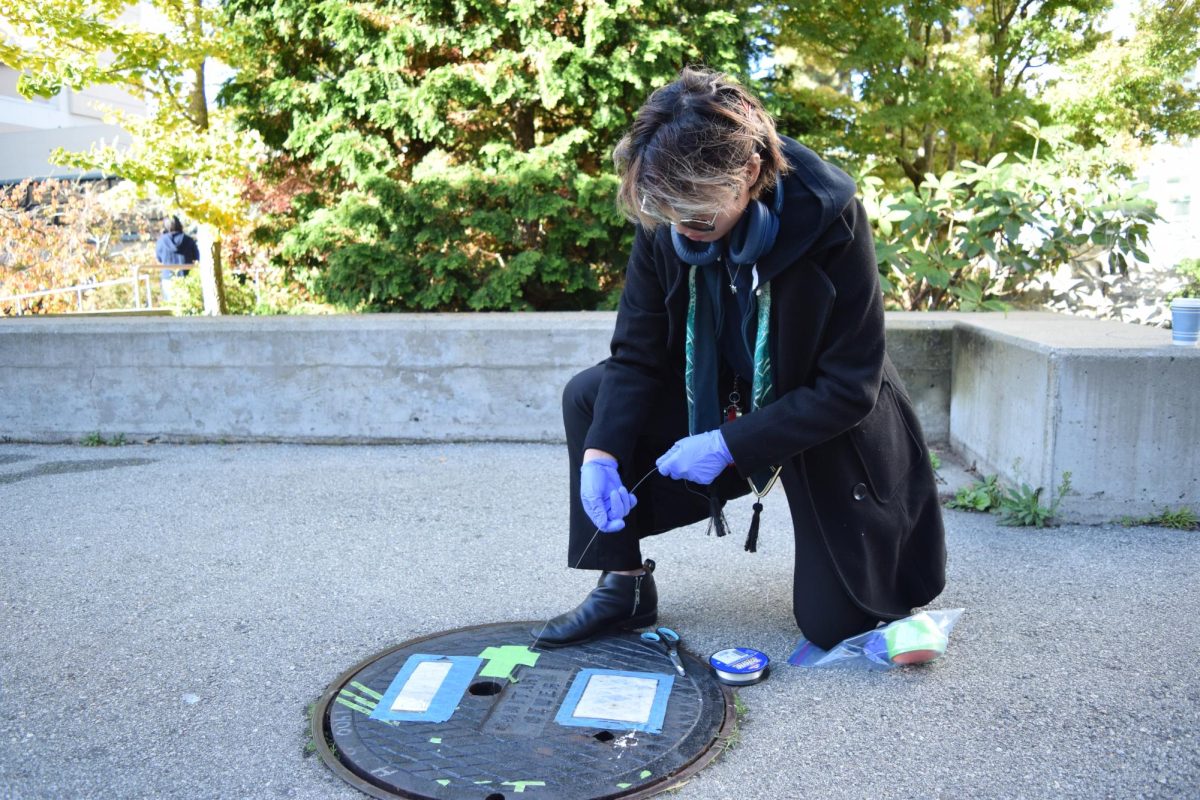The sight of white painted faces and indigenous attire. The smell of freshly-picked marigolds and burning incense. The taste of freshly-baked pan de muerto and the favorite foods of our loved ones. The touch of the warm, melting candles and cold, paper maché calacas. The sound of the Aztec drums and modern mariachi music. These are the things that ignite the five senses of the living as they celebrate the dead on every November 2nd in the Mission District in San Francisco.
When a family member passes away, their loved ones usually grieve in sorrow. However, in Mexico and some parts in the United States, the death of a loved one is seen as a cause for celebration. Dia de los Muertos, commonly known as Day of the Dead, is a celebration that occurs the first and second of the month of November every year. Originating in Mexico, the tradition has spread all over the Americas, including north and central, throughout the years. It is a celebration that combines indigenous Aztec rituals with Catholicism.
“[The Aztecs] had advanced belief systems that were eventually imposed by eurocentric beliefs,” said Juan Pablo.
To the Aztecs, death was not seen as a negative part of life, but instead, death was an opportunity for the soul to be reborn. The Mesoamerican religion was divided into three parts: world making, world centering and world renewal. They believed the human body contained three different forces in three different body parts: the head, the heart and the liver. The head was filled with tonalli, a “Shadow Soul” that was associated with the heavens which provided energy for growth and development. The heart was deposited with teyolia, a soul associated with earth that gives life to people and provided emotion, memory, knowledge and a sense of identity. The liver received ihoyotl, a luminous gas that was associated with the underworld and provided humans with bravery, desire, hatred, love, and happiness.
Every year for the last 35 years, Colectivo del Rescate Cultural, also known as The Rescue Culture Collective, has hosted its annual San Francisco Day of the Dead Ritual Procession. The Colectivo, which includes the processions’ Founding Director Juan Pablo Gutierrez, has a group of organizers, artists, cooks, publicists, and more that come together as a community to create what is necessary for the procession to be successful. Juan Pablo came up with the idea of creating a procession when he was a part of the League of United Chicano Artists (LUCHA) while in Austin, Texas.
During the procession, a wide spectrum of the dead are celebrated; from their old ancestors to the victims of recent events such as natural disasters and terror attacks. The Marigold Project is a collective that organizes and creates the colorful altars that are seen during the procession. They ask the community to participate by making their own altars. They ask that the altars are made according to the direction/element that is associated with each deceased person. The directions are North, East, South, West, and the center. The North is associated with earth and the elders. The East is associated with air and children. The South with fire and young adults. The West with water and adults. Lastly, the center is associated with the ether and ancestors.
Aside from making an actual altar, people are also encouraged to take a framed photo, an article of clothing, or anything else that was previously owned by a deceased, loved one in order to carry them alongside as they walk through the Mission.
Though originally born in Mexico, Juan Pablo was brought to Texas when he was just eight years old. He grew up in the 60s and 70s within the Chicano environment and has embraced it ever since. After attending the University of Texas, he wrote in San Antonio, worked with Catholic Charities of San Antonio, worked with the Mexican American Cultural Center, and more. In 1982, he came to San Francisco and eventually started working with El Tecolote.
When Juan Pablo came to the Bay Area, there was already a procession that was organized by a different organization but he knew his would be different. Juan Pablo wanted the new procession to focus on the Aztec calendar. Every year, the theme of the procession follows the topic that is depicted on the calendar.
According to Juan Pablo, the San Francisco Day of the Dead Ritual Procession is the largest in the nation. The procession brought in a total of half a million people in total last year, according to the SFPD. However, the large crowd eventually led to people wanting to make a profit off the free event. Juan Pablo never fails to shut down offers of company’s selling beer or shops setting up a pop-up store on the side of the street. As he stated, the commercial-free zone is open to the community and it creates a “safe zone” therefore it is a “good time to come and experience the Mission.”
“Our dead are not for sale,” Juan Pablo said without any hesitation.
Along the lines of commercialism, Dia de los Muertos has also faced other problems and misrepresentations. In 2013, Disney had requested to copyright the term “Day of the Dead,” however, it wasn’t long until they received backlash. People also often refer to Dia de los Muertos as the “Mexican Halloween” (which should be noted at this very moment, that it is not).
“If you want to be respected,” said Juan Pablo, “you have to respond to these kinds of things with consistency, not aggression.” Consistency in the sense that despite what people think or say, one must stay true to one’s culture. “People have to be educated,” Juan Pablo concluded.
Dia de los Muertos is about celebrating those that have passed away by remembering the life they once lived. It’s a time to look at their photos, remember what their voice sounded like, cook their favorite foods and listen to their favorite songs, and to think about all the memories they created whether they be good or bad. As my grandfather once told me before passing away, “Death is not a ‘goodbye’ but instead a ‘see you later.’”


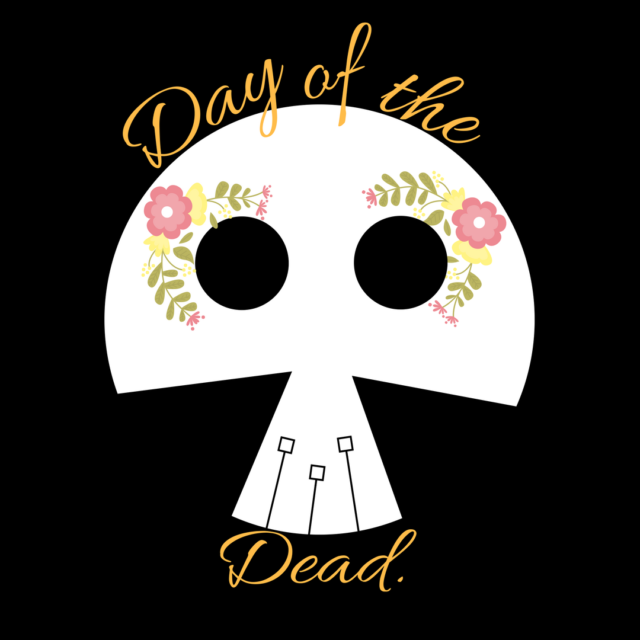

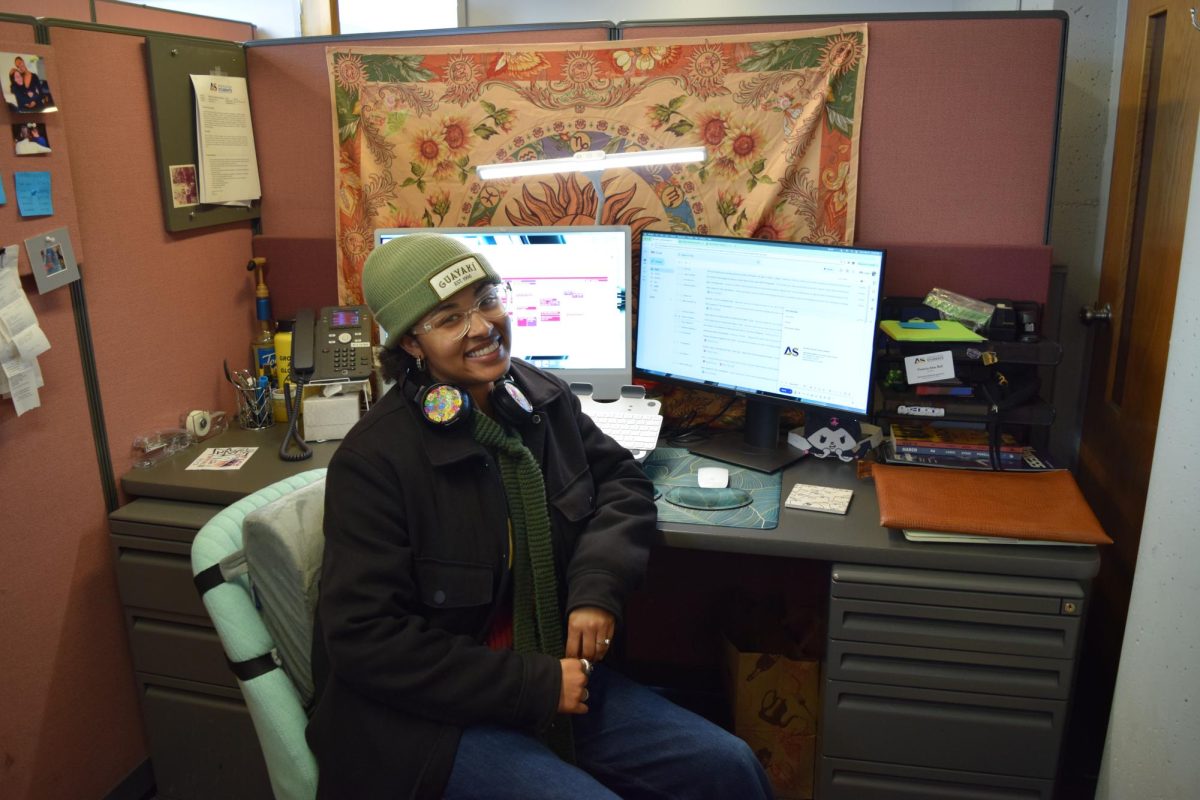
![[From left to right] Joseph Escobedo, Mariana Del Toro, Oliver Elias Tinoco and Rogelio Cruz, Latinx Queer Club officers, introduce themselves to members in the meeting room on the second floor of the Cesar Chavez Student Center.](https://xpressmagazine.org/wp-content/uploads/2024/03/mag_theirown_DH_014-1200x800.jpg)
